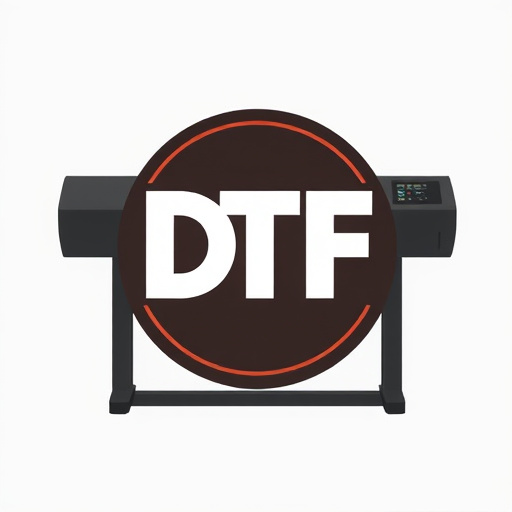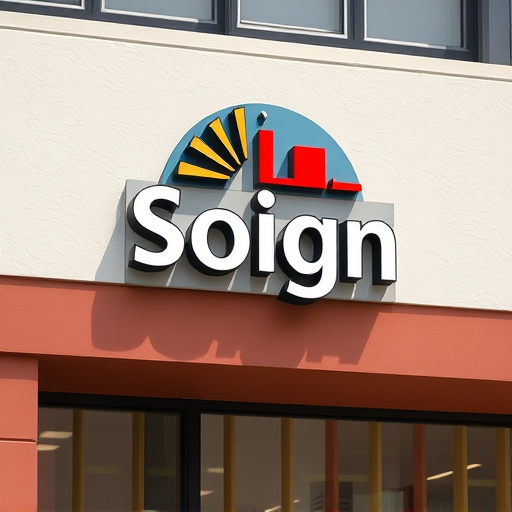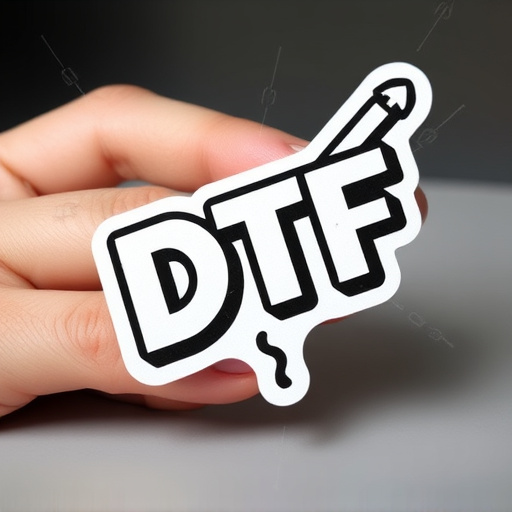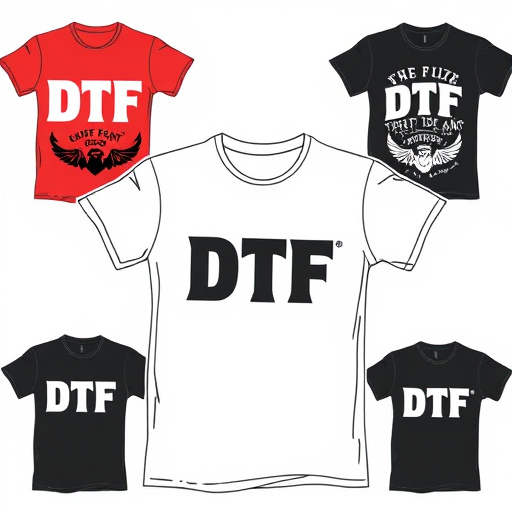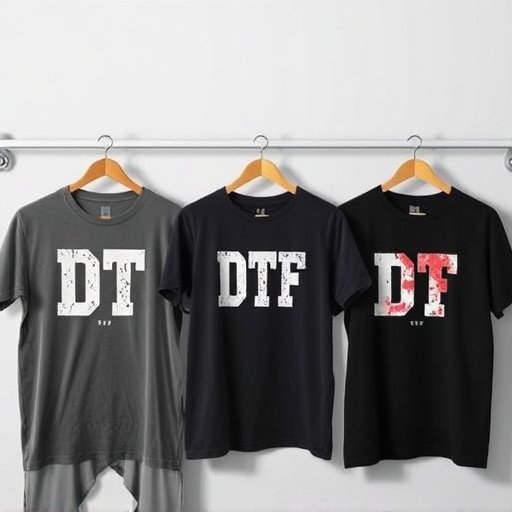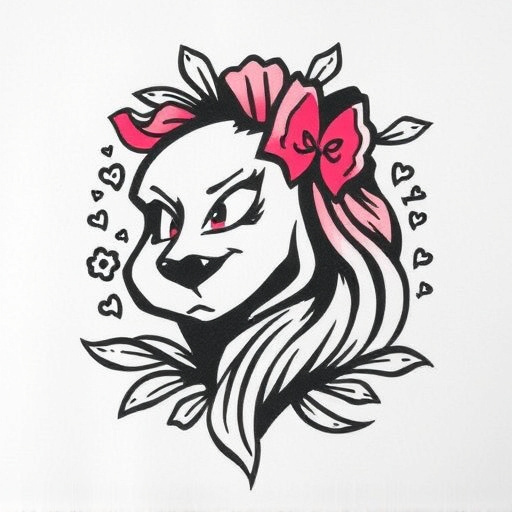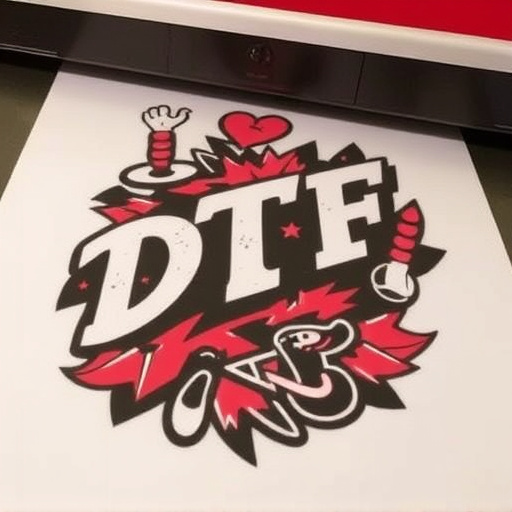Custom DTF Transfers Ready To Press are a game-changer in printing, offering unparalleled versatility and quality for diverse applications like custom apparel, signage, and decorative items. This technology transfers images from film to surfaces using heat and pressure, ensuring vibrant colors and crisp details. It's ideal for print-on-demand businesses due to its efficiency, fast production times, and ability to handle various materials. For optimal results, ensure material compatibility by identifying fabric types, selecting appropriate transfers, testing settings, and optimizing high-resolution designs tailored to the printing method.
- Understanding Custom DTF Transfers and Their Applications
- Choosing the Right Materials for Optimal Results
- Ensuring Compatibility: A Step-by-Step Guide
Understanding Custom DTF Transfers and Their Applications
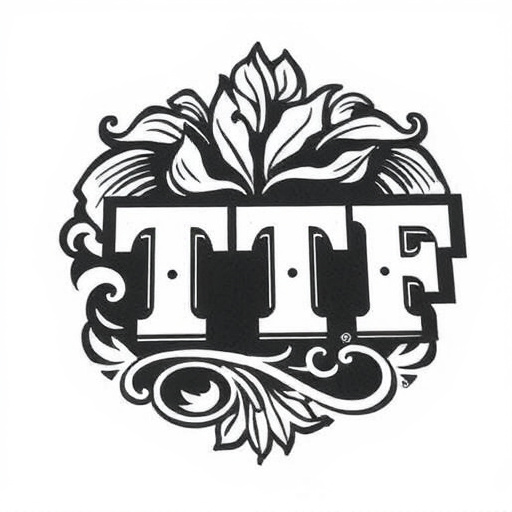
Custom DTF Transfers represent a cutting-edge technology in the printing industry, offering unparalleled versatility and quality for various applications. These Ready To Press materials allow for direct application onto fabrics, surfaces, and even plastics, making them ideal for custom apparel, signage, and decorative items. The process involves transferring an image or design from a film to a receiving surface using heat and pressure, ensuring vibrant colors and crisp details.
Understanding Custom DTF Transfers is crucial for businesses and individuals looking to elevate their projects. Whether it’s creating unique dtf custom apparel, designing eye-catching gang sheets, or applying direct to film transfers for specialized purposes, this technology offers endless possibilities. Its precision and efficiency have revolutionized the way we approach personalized products, enabling us to produce high-quality results with minimal effort.
Choosing the Right Materials for Optimal Results
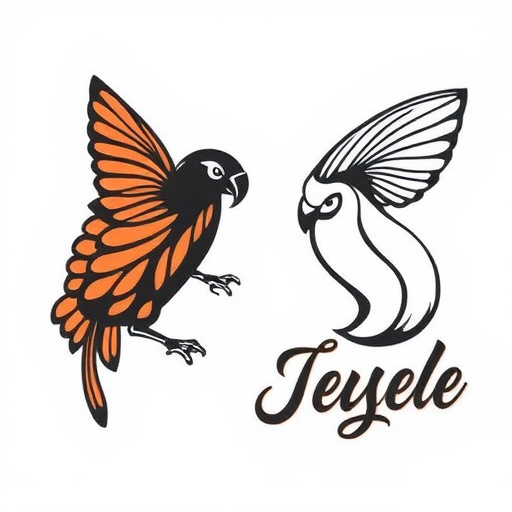
Ensuring Compatibility: A Step-by-Step Guide

Ensuring compatibility between materials and custom DTF transfers is crucial for achieving optimal results in DTF custom apparel or garment printing. Here’s a step-by-step guide to help you navigate this process smoothly.
1. Identify Material Type: Start by understanding the material of the garment or item you plan to print on. Different fabrics have varying levels of absorbency and porosity, which directly impact how well a DTF transfer adheres. Common materials like cotton, polyester, and nylon are generally compatible but check product specifications for precise details.
2. Check Transfer Compatibility: Not all DTF transfers are created equal. Ensure the transfer you’ve chosen is designed for use on your specific material type. Most manufacturers provide guidelines on suitable surfaces. If you’re uploading your own gang sheet, verify its compatibility with your selected printing method and garment.
3. Test Before Full Run: For critical applications or to ensure perfection, conduct a test print on a similar material before embarking on a full run. This step allows you to adjust settings and identify potential issues early on, saving time and resources.
4. Prepare Your Design: After confirming compatibility, prepare your design accordingly. Ensure it’s high-resolution and optimized for the printing method used. Whether it’s DTF garment printing or a custom DTF transfer ready to press, precision in design is key.
Custom DTF transfers offer a versatile printing solution, allowing creators to transform designs into tangible products. To unlock their full potential, selecting materials compatible with these transfers is key. By understanding the principles outlined in this guide—from the intricacies of Choosing the Right Materials to the step-by-step Compatibility Checklist—you’ll be well-equipped to produce high-quality, Ready To Press results, opening doors for innovative applications in various industries.




